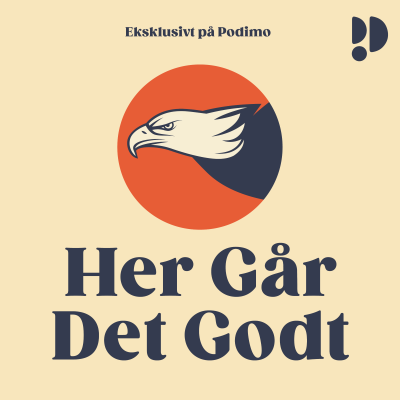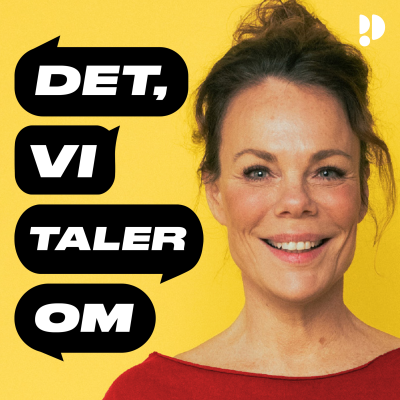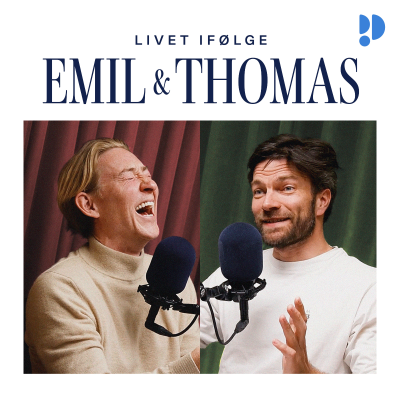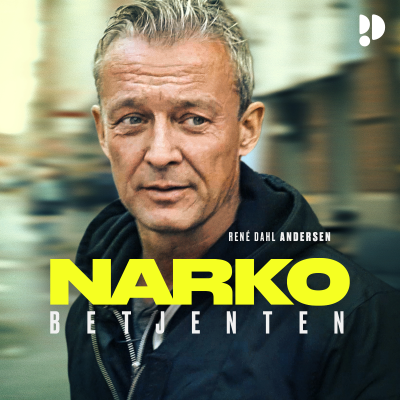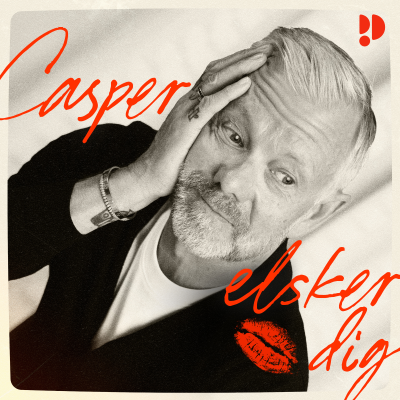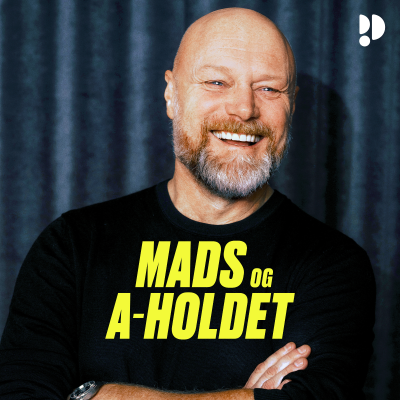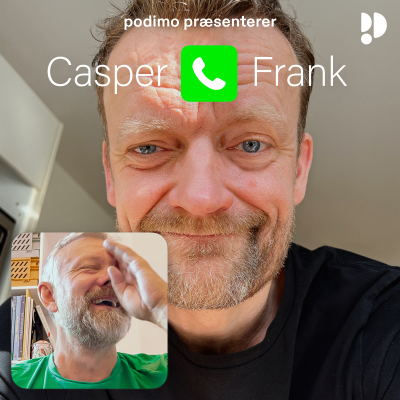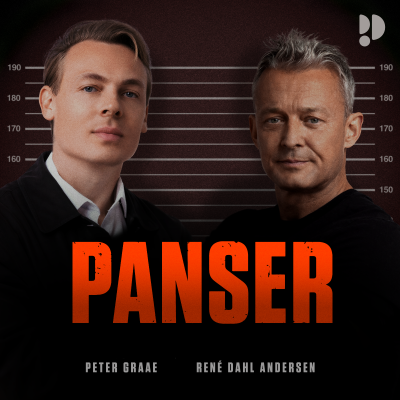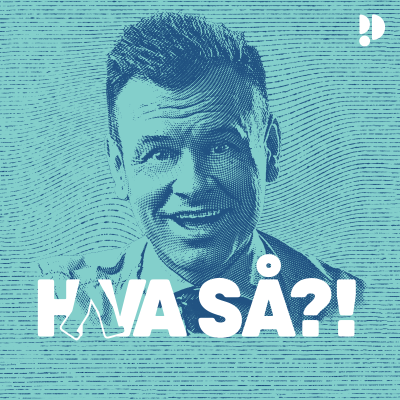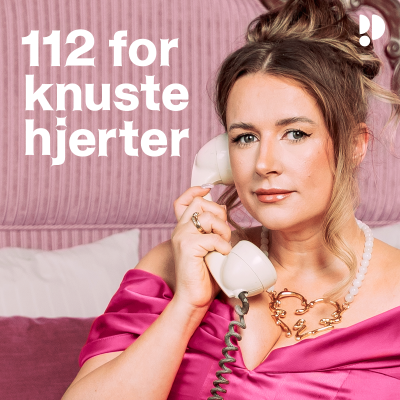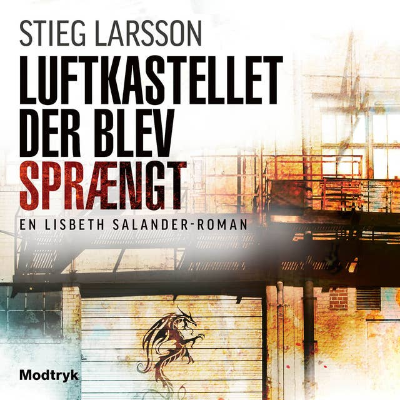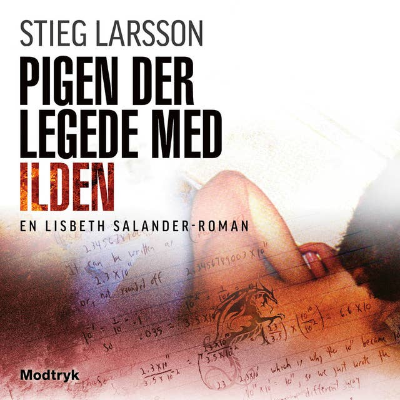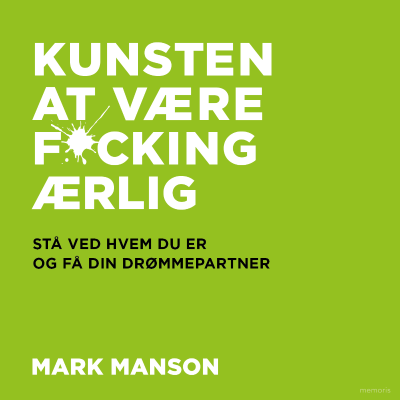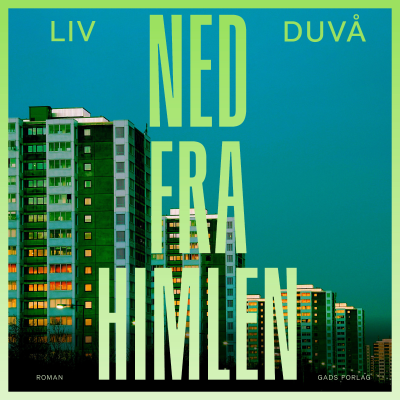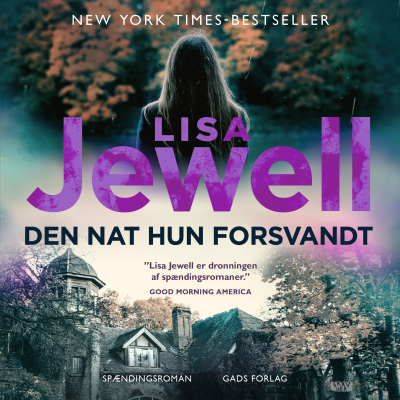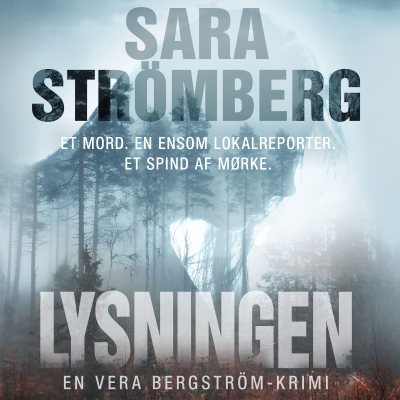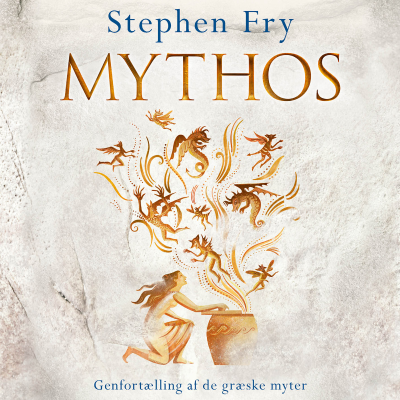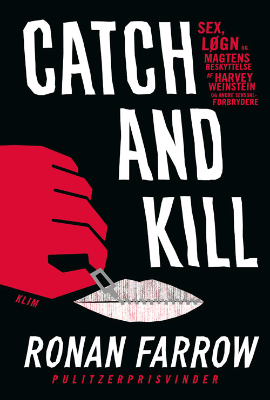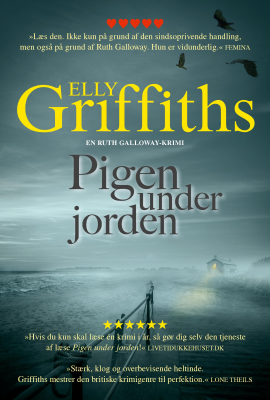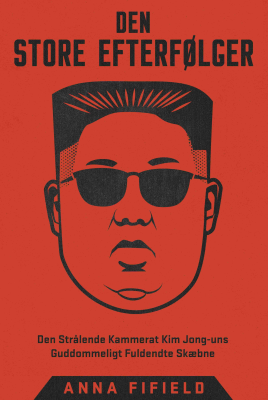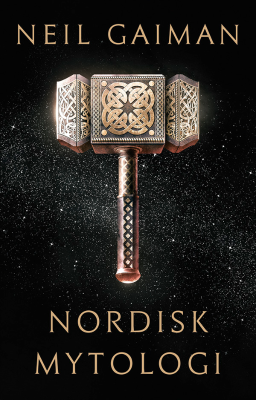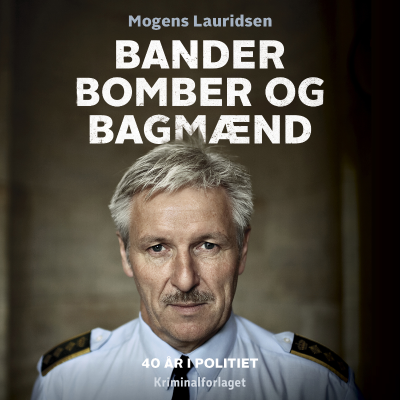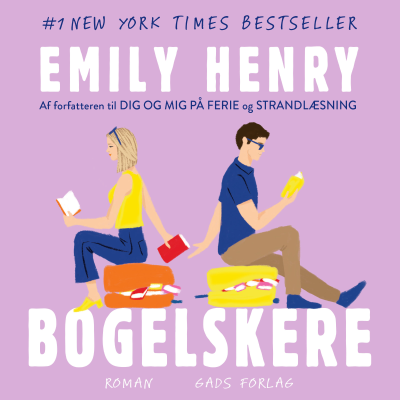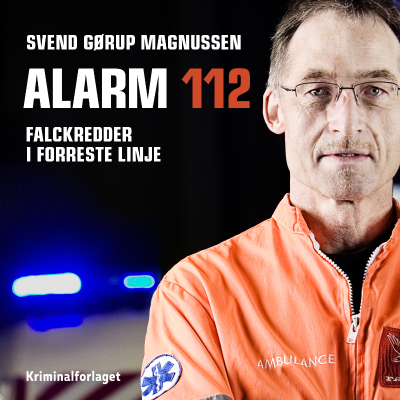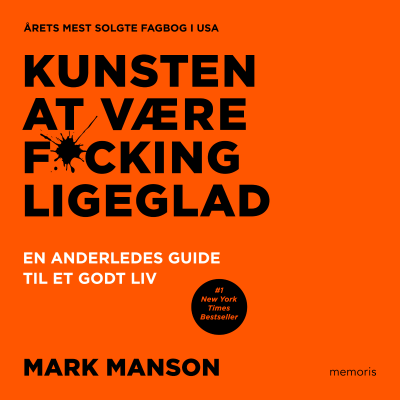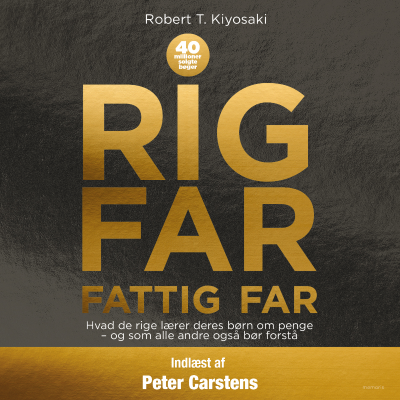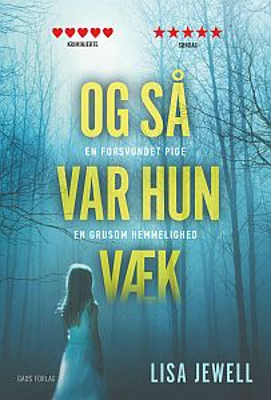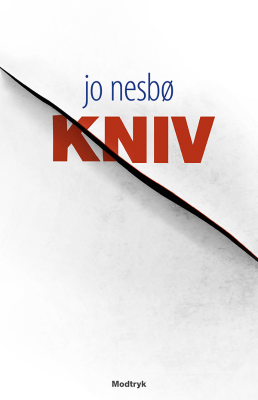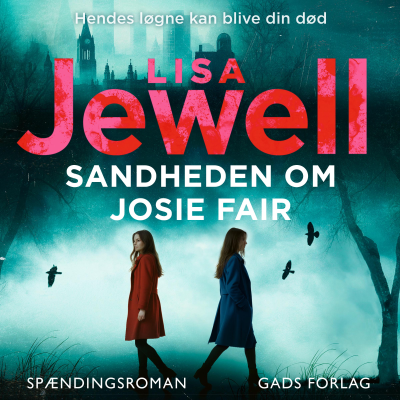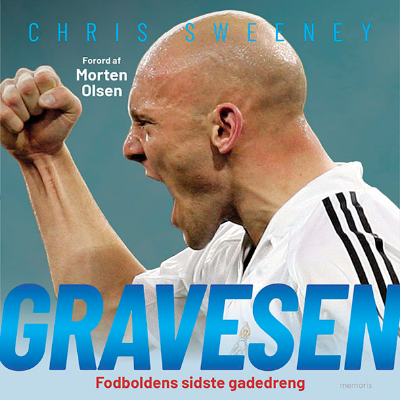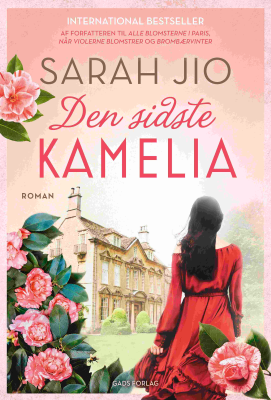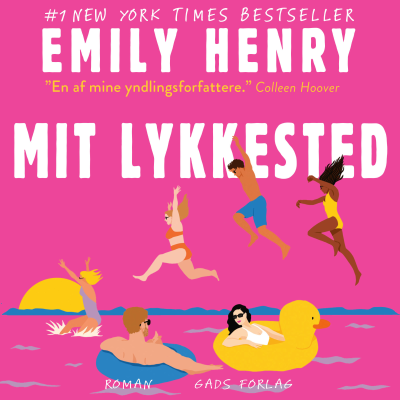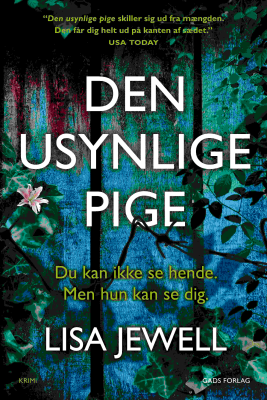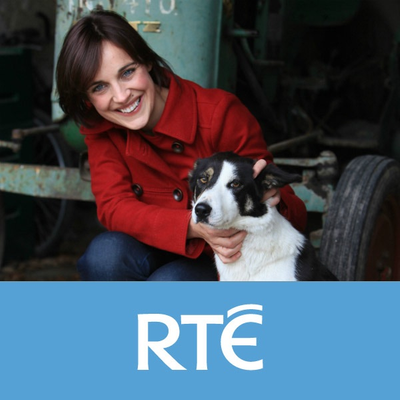
RTÉ - Made in Ireland
Podcast af RTÉ:Ireland
Made in Ireland is a 13 part radio series, presented by Ella McSweeney, which tells the stories of what we used to make in this country, and how such traditions and skills are continuing today. It is an Athena Media production, presented by Ella McSweeney and funded through the Broadcasting Authority of Ireland Sound and Vision scheme.
Begrænset tilbud
3 måneder kun 9,00 kr.
Derefter 99,00 kr. / månedIngen binding.
Alle episoder
13 episoderUntil the 1700s in Ireland, fallow and the native Red deer had two predators to worry about: wolves and humans. Along with wolves, we’ve hunted deer for millenia - a recognition of the value of venison meat that’s extremely low in fat, but packed full of protein and iron. But that was then... Today, not only do we have more deer than ever, but we also have two - possible three or four - new species that have naturalised in the countrywide. And somehow, along the way, venison has come to be regarded as an elite meat - expensive to buy, difficult to cook - a meat for the ‘well heeled’. Strange for a prolific, wild animal. In this Made in Ireland feature, Ella goes deer hunting in Wicklow with Killruddery's gamekeeper, Angus Lee. He shows her the method of deer stalking. Ella is joined by butcher Ed Hick who has been hunting since he was a child. He cooks some venison for her in the forest and tells her why it's still considered an 'elite' meat.
Twenty years ago, there were 1,000 abattoirs across the country. Today, there are 200 left and of them, only a small amount are small scale abattoirs connected to local butcher shops. While we may think of our local butcher as someone who is inextricably linked to the local farmer, increasingly this is not the case. The butcher who sources the animals, kills them, butchers the meat and sells at the counter is slowly but surely becoming an exception in Ireland, rather than the rule. So what of this breed of traditional Irish butcher? In this programme, Ella speaks to Frank Murphy, a 2nd generation butcher who owns the last butcher/abattoir in Midleton, Co. Cork. She also talks to Frank's 94 year old father Dan about his memories of selling meat in the 1950s and 60s.
It was in April last year that Carrickmacross was on the lips of people around the world, as Kate Middleton walked up the aisle for her wedding to Prince William, wearing a lace bodice and skirt that was hand-stitched using the lace-making technique which originated in Co. Monaghan in the 1820s. When it comes to lace making, Ireland is on the map - particularly Carrickmacross and Limerick lace. But there is another tradition of lace making - a unique way of making lace that was nearly lost to a new generation of lacemakers. The story starts in 1845 in Youghal when Mary Anne Smyth of the Presentation Convent unpicked some Venetian point lace and created her own style of lacemaking, which she called Youghal Lace. That was then, and by the 1980s the tradition of making Youghal Lace was all but forgotten until a lace expert called Veronica Stuart revived it. In this Made in Ireland, Ella meets Veronica to hear her story.
“Gather up the pots and the old tin cans... the mash, the corn, the barley and the bran...run like the devil from the excise man...keep the smoke from rising barney...keep your eyes well peeled today, the excise men are on their way...” And we all know what the ‘mountain tay’ the excise men were looking for in the hills of Connemara! Poitin. Poitin is long associated with illegality: first outlawed back in 1661, it was relatively recently, in 1997, when the Revenue Commissioners permitted the licensed sale of it within Ireland. So what of poitin making today? Ella meets Mairtin MacConrai, a part time farmer from Leitir Moir, Connemara. Fifty years ago he made poitin with his father. It was a secretive affair, done mainly at night in the forests nearby, and the entire process would take up to 3 weeks. Ella also meets Alex Chasko, head distiller at Cooley Distillery who has created a new poitin for sale. It’s a limited edition run of 1,000 bottles and the poitin is 65% alcohol. The general manager of the Kilbeggan plant, Brian Quinn, gives Ella a taste of the ‘mountain tay’.
High up in a field in the middle of Waterford City live 84 goats in the wild. They spend their days eating the grass, their nights sleeping on the edge of the rock which is 100 feet up with a panoramic view of the city. These are the Bilberry Goat herd and they have lived on the rock for over 300 years. As of January next year, cheese from their milk will be on the market. Ella visits the herd in the company of herdsman Martin Doyle who milks them each morning and each evening with a mobile milker. He first saw the herd in 1967 when he was just 7 years old and since then, he has looked after them. In 2005 he registered the herd with the Department of Agriculture and it was only a few months ago that he decided to make cheese from their milk, just as was done by milkmaids at the beginning of the 20th Century. Ella visits Helen Finnegan of Knockdrinna Farm in Kilkenny, who gets the milk from Martin and makes the cheese. She recently made her second batch of Bilberry Cheese and it will go on sale to the public in January.
Begrænset tilbud
3 måneder kun 9,00 kr.
Derefter 99,00 kr. / månedIngen binding.
Eksklusive podcasts
Uden reklamer
Gratis podcasts
Lydbøger
20 timer / måned
